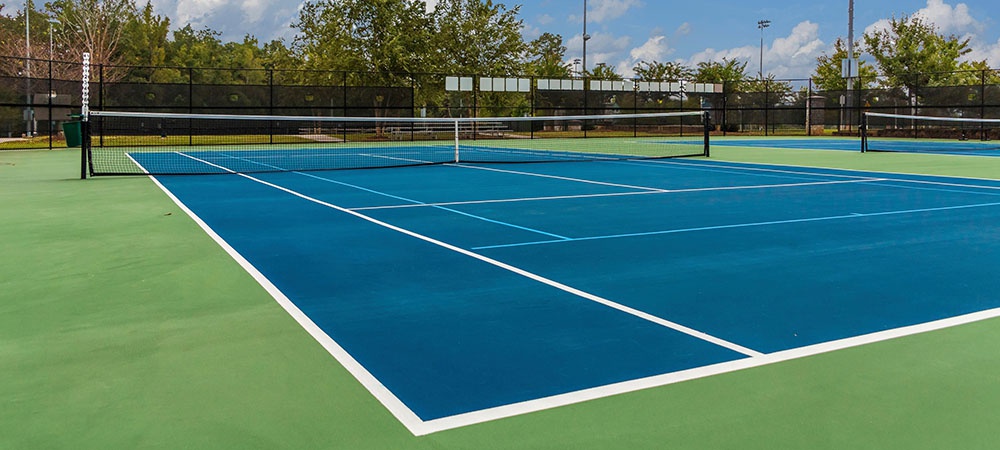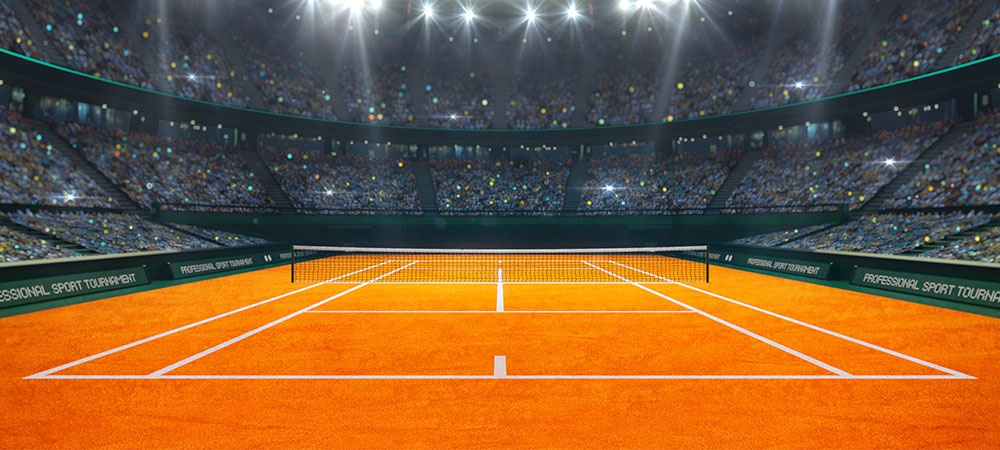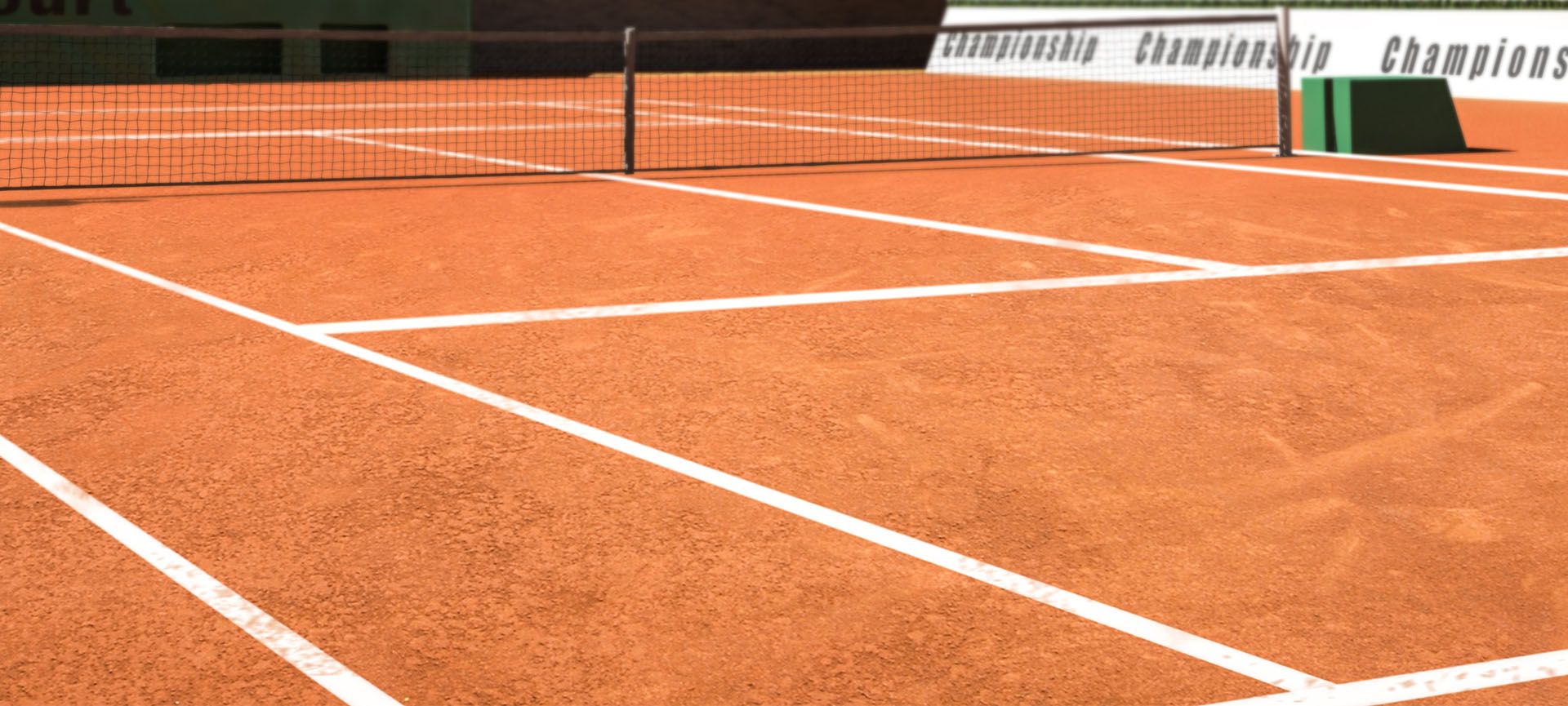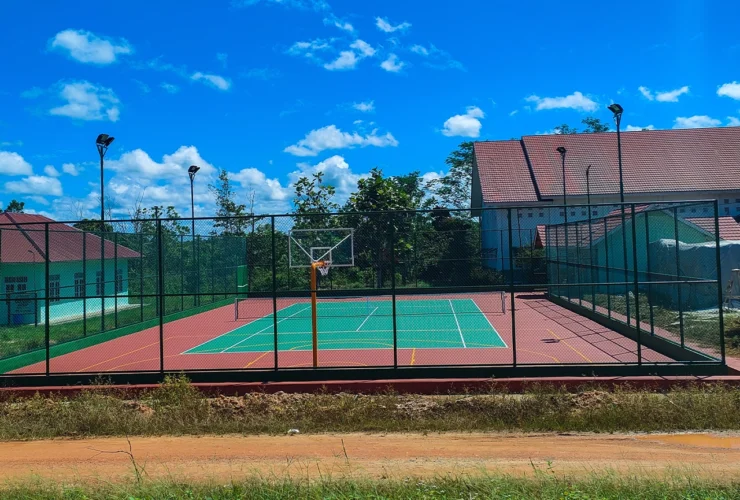Clay Tennis Courts vs. Other Court Types: Which is Best for You?
As any tennis enthusiast knows, the court surface you play on can greatly impact your game. With different surfaces come varied challenges and advantages — from how the ball bounces to potential injuries.
For years, clay courts have been praised for their ability to provide slow and consistent bounces and an aesthetic beauty that many find appealing. But does this mean a clay tennis court is the best option for everyone?
This blog post will explore what makes clay unique compared to other court types, such as hard-court surfaces and grass courts. We’ll also provide important insights into which court type may best suit your playing style or preferences.
The Benefits of Clay Tennis Courts
Clay tennis courts provide a unique playing surface that gives you an advantage in precision, speed, and even aerobic conditioning.
- With a special slip-resistant layer beneath the clay topsoil, you can move quickly around the court while easily adjusting your footing.
- The nature of this type of court’s slow bouncing style requires more precise placement of shots from a player to be successful. Additionally, clay courts often require faster recovery times due to the maintenance practices associated with their upkeep, improving tennis players’ endurance.
- Finally, the porosity of these surfaces allows for a uniquely comfortable grip on soles as athletes adjust their movements for optimal performance. Overall, clay courts provide an advantageous venue for experienced as well as beginner players to enjoy the game consistently.
Related Article: The Steps Involved in Building a Tennis Court from Scratch
Comparing Clay to Hard, Grass and Synthetic Courts
Playing on clay courts, compared to hard, grass and synthetic courts, offers several unique advantages. Clay courts provide more friction against a ball when hit by an athlete’s racket, which results in a slower ball speed. This slower speed gives players more time to react and strategically adjust their position on the court.
Additionally, the playing surface of clay courts is quite uneven due to its composition of dirt and sand, making it easy for athletes to produce angled shots or spin-focused serves. This allows athletes to develop tactics that are difficult to counter with other court surfaces.
However, compared to other types of tennis surfaces, playing on clay can be punishing on joints due to its uncompressing nature. This means you must properly condition yourself before participating in match play.

Cost Comparison of Court Types
Generally, clay courts are the most expensive option of all tennis court surfaces.
- A standard clay court installation can range from $80,000 to over $100,000, depending on the size and location. This high cost is largely attributed to the labour-intensive upkeep that’s required for a clay surface due to its dirt makeup.
- Hard and synthetic courts are the more affordable options, with installation costs ranging from $20,000-$50,000.
- Grass courts tend to be the least expensive of the bunch at around $10,000 or less, depending on upkeep requirements.
Maintenance Requirements for Each Court Type
Maintaining the quality of tennis courts is essential for keeping the game enjoyable and safe.
Careful maintenance requires attention to detail, such as inspecting for surface wear on hard and multi-court surfaces, sanding constantly moving clay courts, or watching for dirty tennis balls that can cause damage over time.
For tennis clubs or commercial facilities with various tennis court types, it’s important to have regular inspections and maintenance schedules in place. With the proper care and maintenance, tennis courts will continue to offer a great tennis experience for years to come.
Clay Courts
Clay courts are known to be the most labour-intensive regarding upkeep and maintenance. To keep a clay court in optimal condition, the surface must be regularly groomed with special attention paid to weeds or other unwanted elements that may have found their way onto the playing surface.
This can require anywhere from 10-15 hours of maintenance weekly, depending on the size of the court and frequency of use.
Hard Courts
Hard courts are the easiest surfaces to maintain but require regular attention for optimal performance. At least once a month, all hard courts should receive a power wash and any necessary repairs that may have occurred due to weather or wear and tear.
Grass Courts
Grass courts require the most extensive maintenance due to their organic makeup. The grass surfaces should be regularly mowed and watered to keep them in optimal condition. Additionally, a professional should inspect the playing area for any signs of disease or fungus that can damage the court surface.
Synthetic Courts
Synthetic courts require very little maintenance other than occasional repairs due to weather or wear and tear. Any necessary repairs should be handled by a professional to ensure that the court remains in optimal condition.
Pros and Cons of Clay Tennis Courts
Clay tennis courts have advantages and disadvantages. On one hand, clay provides more traction for the players and less strain on their bodies compared to hard court surfaces. This makes clay a particularly good choice for professional athletes who need to stay injury-free throughout their season.
On the other hand, clay tennis courts require more maintenance and don’t usually allow play during wet weather conditions. Additionally, its slow and slippery characteristics make it difficult to change direction during a game quickly. Because of this, players must develop different strategies for playing on a clay surface compared with other court types.
In conclusion, the pros and cons of clay tennis courts should be carefully considered before selecting the right court type for your needs.

Tips for Choosing the Right Court for Your Needs
When it comes to selecting the right court type for your tennis needs, there are several factors to consider.
- First, consider what kind of playing surface best suits your skill level and playing style.
- Additionally, factor in maintenance requirements and budgets when choosing a court type.
- Ultimately, the right choice will depend on personal preference, cost, accessibility, and the type of play you want to enjoy.
No matter what court type you select, it’s important to remember that regular maintenance and inspections are essential for keeping courts in good condition for years to come.
By taking the time to maintain your tennis court, you can ensure an enjoyable tennis experience every time you step foot on the court.
Related Article: Tennis Court Materials: A Comparison of Surfaces and Their Suitability for Different Climates and Uses
Final Thoughts
Overall, compared to other court types, clay courts provide a unique and advantageous playing surface for both beginner and experienced players.
Although these courts require more maintenance than other court surfaces, they can offer an unparalleled experience if kept up to the highest standards. With proper care and attention to detail, clay tennis courts can be maintained at their best while allowing athletes to improve their game.
At Crowall Surface Contrators, we use industry-leading techniques to install clay courts to the highest standard. Whether you’re a tennis enthusiast or an aspiring pro, our clay courts offer an ideal playing surface to help you reach your goals.
Call 1-416-951-4626 to book a free consultation session to discuss your tennis court needs.



